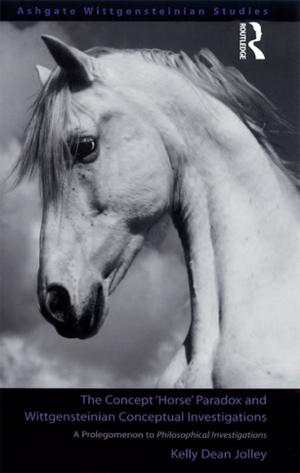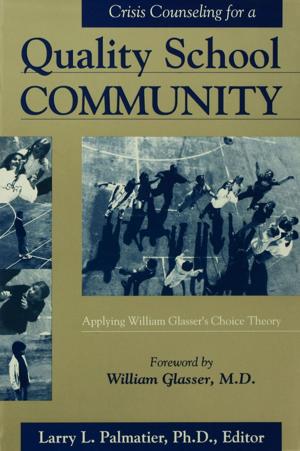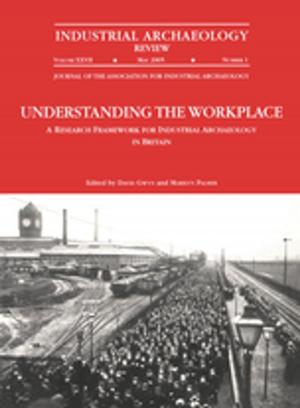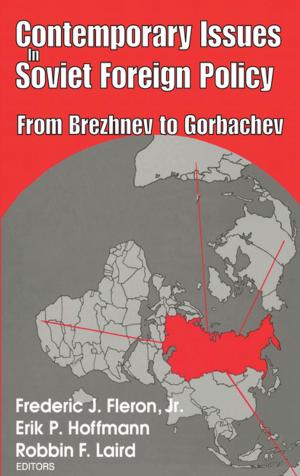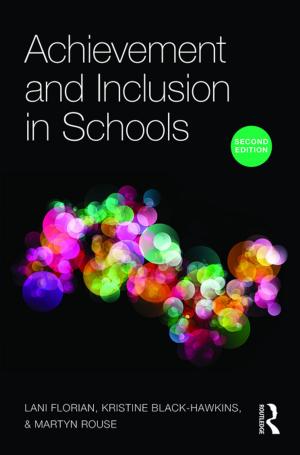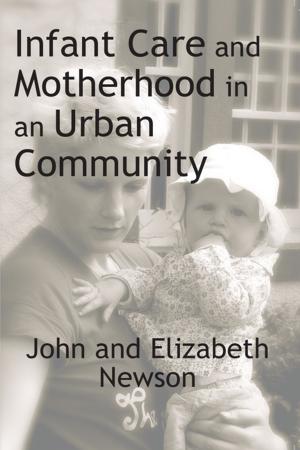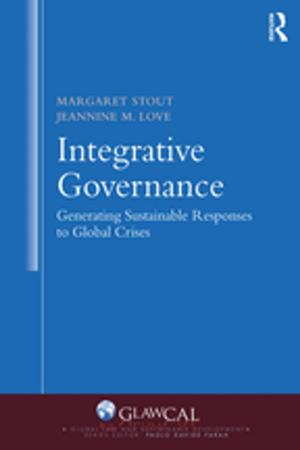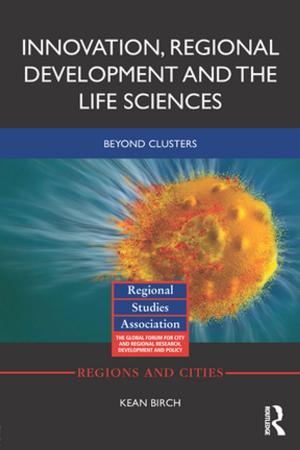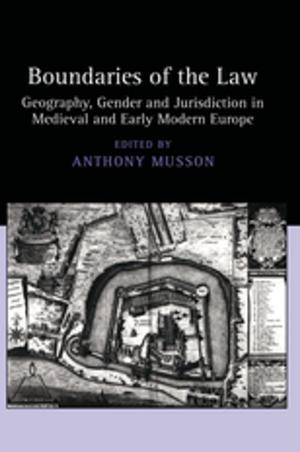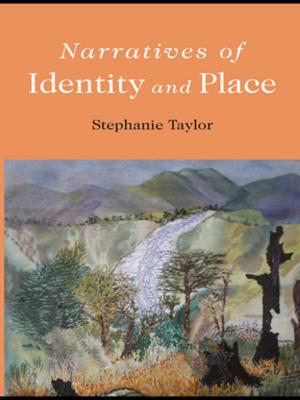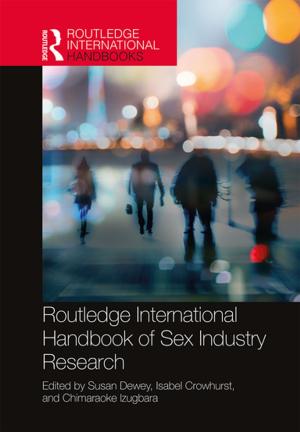Religion and Politics in Russia: A Reader
A Reader
Business & Finance, Economics, Public Finance, Nonfiction, Social & Cultural Studies, Political Science| Author: | Marjorie Mandelstam Balzer | ISBN: | 9781317461111 |
| Publisher: | Taylor and Francis | Publication: | January 28, 2015 |
| Imprint: | Routledge | Language: | English |
| Author: | Marjorie Mandelstam Balzer |
| ISBN: | 9781317461111 |
| Publisher: | Taylor and Francis |
| Publication: | January 28, 2015 |
| Imprint: | Routledge |
| Language: | English |
Russia is not only vast, it is also culturally diverse, the core of an empire that spanned Eurasia. In addition to the majority Russian Orthodox and various other Christian groups, the Russian Federation includes large communities of Muslims, Jews, Buddhists, and members of other religious groups, some with ancient historical roots. All are in a state of ferment, and securing formal state recognition for specific communities is often daunting. This collection provides entry into the diversity of Russia's religious communities. Marjorie Mandelstam Balzer's introduction to the volume illuminates major political, social, and cultural-anthropological trends. The book is organized by religious tradition or identity, with further thematic perspectives on each set of readings. The authors include ethnologists, sociologists, political analysts, and religious leaders from many regions of the Federation. They analyze the changing dynamics of religion and politics within each community and in the context of the current drive to recentralize both political and religious authority in Moscow. Topical coverage extends from reassertions of Russian Orthodoxy to activities of Christian and Muslim missionaries to the revival of many other religions, including indigenous shamanic ones.
Russia is not only vast, it is also culturally diverse, the core of an empire that spanned Eurasia. In addition to the majority Russian Orthodox and various other Christian groups, the Russian Federation includes large communities of Muslims, Jews, Buddhists, and members of other religious groups, some with ancient historical roots. All are in a state of ferment, and securing formal state recognition for specific communities is often daunting. This collection provides entry into the diversity of Russia's religious communities. Marjorie Mandelstam Balzer's introduction to the volume illuminates major political, social, and cultural-anthropological trends. The book is organized by religious tradition or identity, with further thematic perspectives on each set of readings. The authors include ethnologists, sociologists, political analysts, and religious leaders from many regions of the Federation. They analyze the changing dynamics of religion and politics within each community and in the context of the current drive to recentralize both political and religious authority in Moscow. Topical coverage extends from reassertions of Russian Orthodoxy to activities of Christian and Muslim missionaries to the revival of many other religions, including indigenous shamanic ones.


